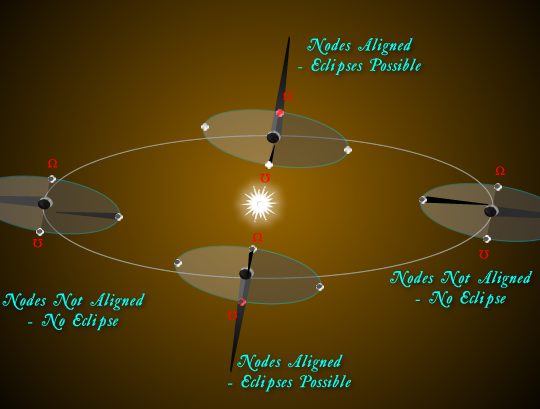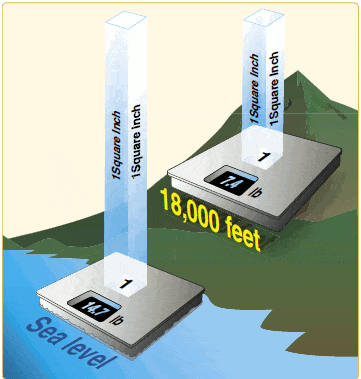The typical criticism is that the weight of the air, air pressure, changes by latitude and altitude. The Poles are of higher pressure than the equator. Sea level is at higher pressure than higher altitudes.
Can you reference scale weight experiments that have taken place in a vacuum at different locations?
Presumably one could account for varying air pressure rather than doing the experiment in a vacuum. I think the calculation is just Archimedes' Principle.
Alternatively, maybe some back-of-the-envelope calculations could quantify how much of an effect air pressure would have on an object's weight:
1m^3 of steel is 8000kg, and 1m^3 of air is 1.225kg at STP.
The resulting weight of the block according to Archimedes would be
(8000-1.225)=7998.775 kg.
If we now double the pressure, we have 2.45kg of air displaced, so the weight is now
(8000-2.45)=7997.55 kg,
which is a decrease of ~0.015% in the measured weight.
The actual measured discrepancy is apparently ~(9.76 - 9.83) m/s^-2 = ~0.7%, so even in this very generous case where we considered doubling the pressure, we're missing an order and a half of magnitude from the measured value. Unless I did something dumb in the maths, I'm confident in saying that changing air pressure cannot possibly be the primary cause of this discrepancy.




